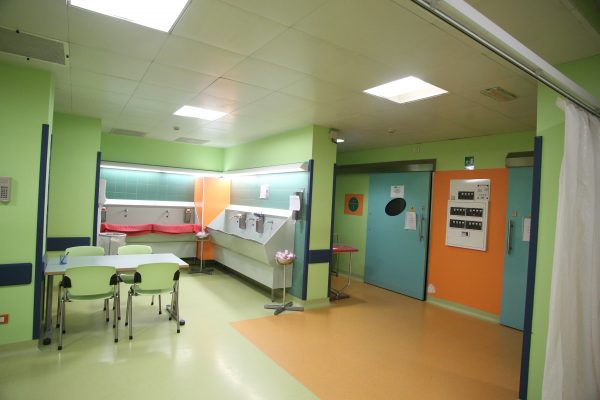Today, prosthetic surgery has become an indispensable tool for the treatment of hip, knee and shoulder conditions.
In the presence of osteoarthritis of the major joints, the implant makes it possible to treat degenerative joint conditions, with excellent results.
Thanks to the advancement of techniques and materials used, prosthesis implants make it possible to obtain a lasting result, alleviating pain and restoring normal joint mobility and functionality and, in an active and young individual, allowing them to take part in select sports activities.
Examples of some of the more common types of prosthetic surgical interventions performed are outlined below.
Prosthetic shoulder surgery: shoulder prosthesis
The main causes of a patient requiring shoulder prosthesis surgery are varied. The most common is osteoarthritis and degenerative arthropathies involving the degeneration of cartilage and tendons compared to a normal shoulder, resulting in the disappearance of the joint space between the humerus and the scapula, the deformation of articular surfaces and the formation of bony growths called osteophytes.
This can occur spontaneously with ageing or be favoured and/or conditioned by previous joint damage such as severe trauma or repeated dislocations of the shoulder.
Prosthetic surgery is highly recommended when one of the conditions listed leads to intense and difficult to control pain, and to a major loss of movement of the shoulder, whereby the patient is no longer able to use the arm and the homolateral hand, resulting in a severe disability.
Prosthetic hip surgery - hip prosthesis
Hip prosthesis surgery is performed in order to reduce pain, to help recover mobility and functionality of the lower limbs and, in the case of young patients, to restore the ability to participate in sports activities.
The main causes are degenerative conditions, bone fractures or congenital dysplasia.
Prosthetic surgery is performed by an orthopaedic specialist, in collaboration with a team of surgeons specialising in the field.
The hip requires an artificial implant whose surface is covered in metal, ceramic or polyethylene (the latter in patients with metal allergies), facilitating an easy sliding motion.
After confirming that an adequate drug treatment has not produced any desired result, the orthopaedic surgeon makes an accurate diagnosis using an MRI or CT scan.
The surgical procedures involves an incision measuring a few centimetres, followed by an access side obtained traditionally or using minimally invasive strategy, splitting the muscles and then proceeding with the introduction of the implant, which replaces the head or the neck of the femur or the cotyloid part of the hip.
After surgery and a hospital stay of approximately one week, the patient can proceed with rehabilitation therapy in a specialised structure for another two to three weeks.
Prosthetic knee surgery: knee prosthesis
If your knee is severely damaged by osteoarthritis, trauma, rheumatoid arthritis, if the patient is not able to walk up and down stairs, leading, in the most severe cases, to disability, orthopaedic surgeons can play an instrumental role in treating the condition. These specialists can, with diligence and efficiency, carry out a diagnosis of the condition and decide, after thorough investigation, if prosthetic implant surgery may be necessary.
When physiotherapy, drug treatments or knee infiltrations have not given any satisfactory result, replacing part of the knee with an innovative metal, polyethylene or ceramic prosthesis can alleviate knee pain, correcting bone deformities and allowing the patient to return to their normal everyday activities.
Prosthetic knee surgery makes use of artificial implants used to replace the damaged bone surfaces. During the procedure the surgeon eliminates the surface of cartilage and a small amount of damaged bones and proceeds to the positioning of the prosthetic implant, metal components that recreate the bone surface above the tibia and at the lower end of the femur.
After surgery and following the subsequent inpatient stay of about one week, during which a machine is used to perform passive gymnastics and physiotherapy with qualified staff, the patient proceeds with an Individual Rehabilitation Project, aimed at preventing joint stiffness, reducing swelling and improving blood circulation.

